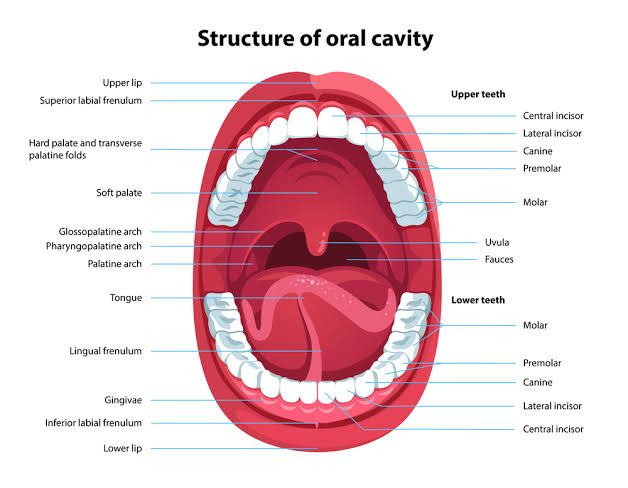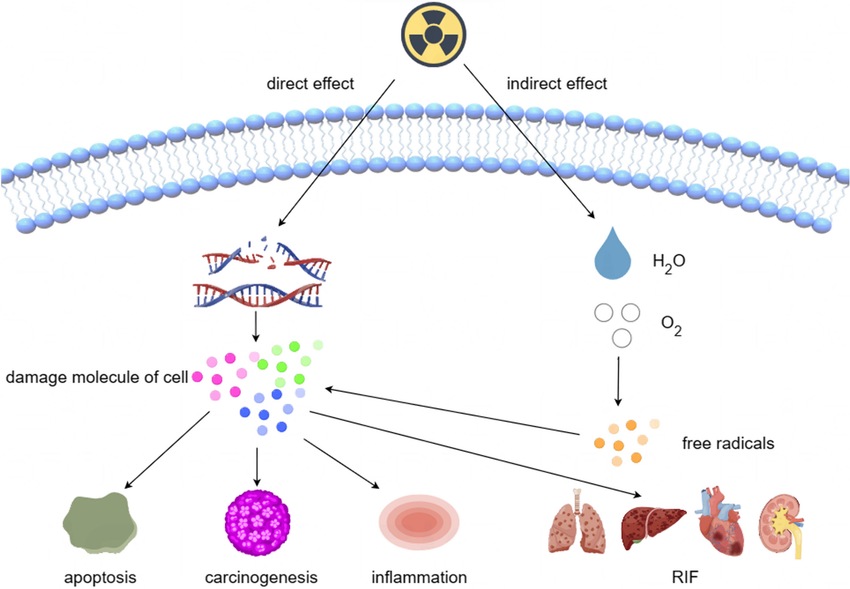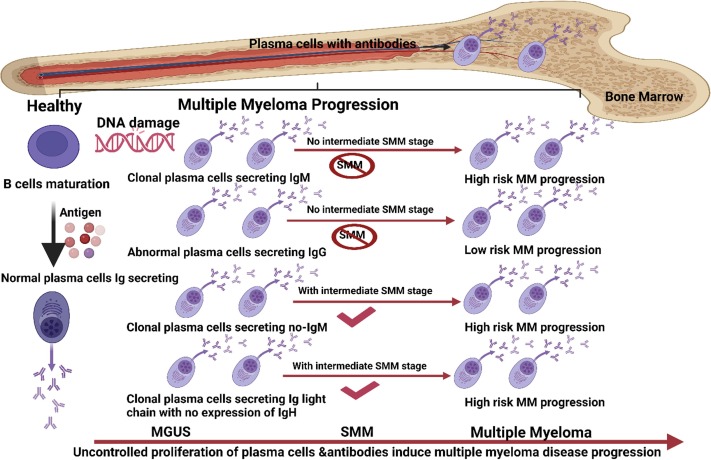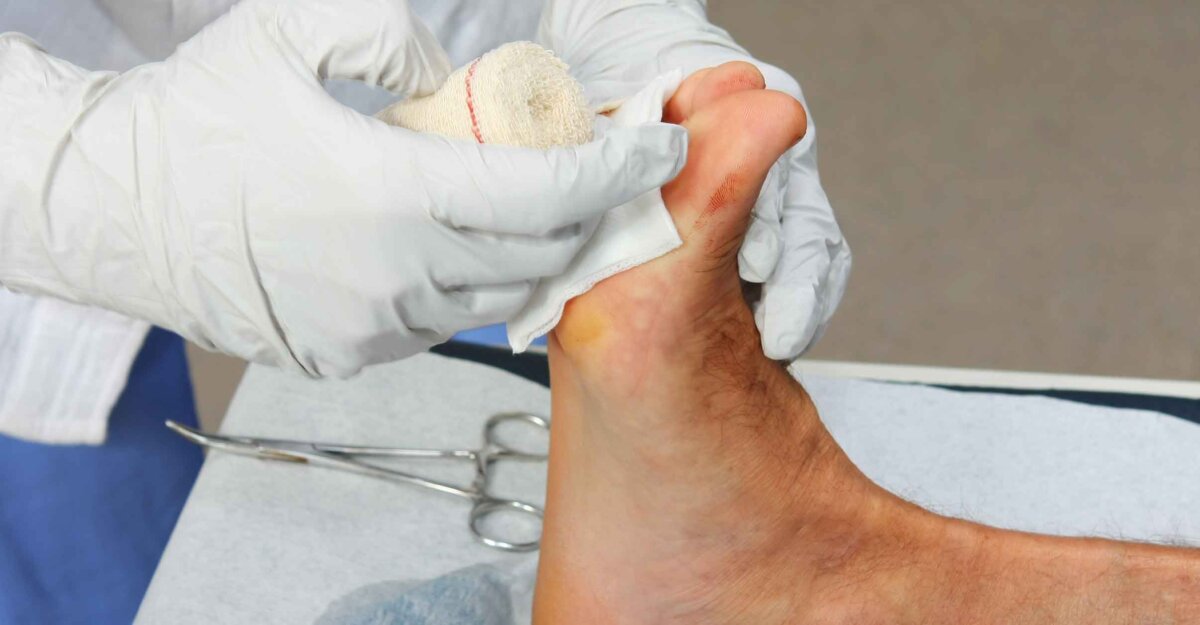
Caries, Gingivitis, Reactive Nodules of Oral Cavity
1. Dental caries, commonly known as tooth decay, is a multifactorial disease characterized by the demineralization of dental hard tissues due to acid production from bacterial fermentation of carbohydrates. The primary bacteria involved include Streptococcus mutans and Lactobacillus species. The pathogenesis begins with the formation of dental plaque, a biofilm that adheres to the tooth surface. When sugars are consumed, these bacteria metabolize them and produce acids that lower the pH in the oral cavity, leading to enamel demineralization. If not managed through oral hygiene and dietary modifications, caries can progress to affect deeper structures such as dentin and pulp.
2. Gingivitis is an inflammation of the gingiva (gums) primarily caused by plaque accumulation. It is characterized by redness, swelling, and bleeding during brushing or flossing. The pathogenesis involves an immune response to bacterial toxins produced by plaque-forming bacteria like Porphyromonas gingivalis and Treponema denticola. If gingivitis remains untreated, it can progress to periodontitis, which involves deeper periodontal tissue destruction.
3. Reactive nodules in the oral cavity can arise from various stimuli including trauma or chronic irritation. Common types include fibromas (benign tumors composed of connective tissue), pyogenic granulomas (vascular lesions often associated with pregnancy), and peripheral giant cell granulomas (reactive lesions due to local irritation). These nodules typically present as asymptomatic swellings and may require surgical excision if symptomatic or for cosmetic reasons.
Pathogenesis of Infections of Oral Cavity
Infections in the oral cavity can be classified into bacterial, viral, fungal, and parasitic infections. Bacterial infections often arise from normal flora becoming pathogenic due to factors such as poor oral hygiene or systemic conditions like diabetes mellitus. For example, acute necrotizing ulcerative gingivitis (ANUG) is caused by a synergistic infection involving spirochetes and fusiform bacteria leading to painful ulcers.
Viral infections include herpes simplex virus (HSV) which causes primary herpetic gingivostomatitis characterized by vesicular lesions on mucosal surfaces. Fungal infections such as candidiasis occur when there is an imbalance in normal flora or immunosuppression; Candida albicans overgrowth leads to white patches in the mouth.
The pathogenesis generally involves initial colonization by pathogens followed by evasion of host defenses leading to inflammation and tissue destruction.
Classification and Characterization of Oral Cavity Tumors
Oral cavity tumors can be classified into benign and malignant categories:
- Benign Tumors:
- Fibromas: Composed of fibrous connective tissue.
- Adenomas: Arise from glandular epithelium.
- Lipomas: Composed of adipose tissue.
- Malignant Tumors:
- Squamous Cell Carcinoma (SCC): The most common malignancy in the oral cavity arising from squamous epithelium.
- Salivary Gland Carcinomas: Includes mucoepidermoid carcinoma and adenoid cystic carcinoma.
- Lymphoma: Can occur in lymphoid tissues within the oral cavity.
Characterization includes histological examination for cellular atypia, invasion depth, differentiation grade, and presence of metastasis.
Classification of Odontogenic Cysts and Tumors
Odontogenic cysts are classified based on their origin from odontogenic epithelium:
- Epithelial Odontogenic Cysts:
- Dentigerous Cyst: Associated with an unerupted tooth.
- Odontogenic Keratocyst: Notable for aggressive behavior.
- Non-Epithelial Odontogenic Tumors:
- Ameloblastoma: A benign but locally aggressive tumor originating from enamel-forming cells.
- Odontoma: A benign tumor consisting of dental tissues; classified into compound or complex types based on morphology.
Common Salivary Gland Lesions Including Retention Cysts, Sialadenitis, and Tumors
Salivary gland lesions encompass a variety of conditions:
- Retention Cysts: Often result from duct obstruction leading to fluid accumulation; they are usually asymptomatic but may cause swelling.
- Sialadenitis: Inflammation of salivary glands often due to infection (bacterial or viral), dehydration or duct obstruction; presents with pain, swelling, fever depending on severity.
- Tumors:
- Benign tumors such as pleomorphic adenoma (benign mixed tumor) are common in salivary glands.
- Malignant tumors include mucoepidermoid carcinoma which arises from salivary gland epithelium.
Diagnosis typically involves imaging studies like ultrasound or MRI along with histopathological evaluation post-surgical excision if necessary.







